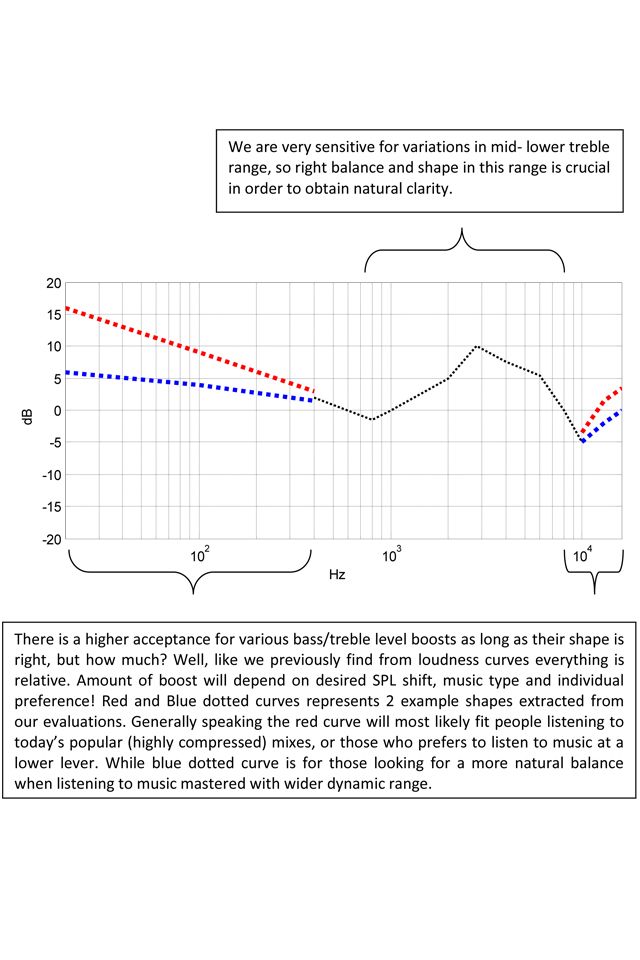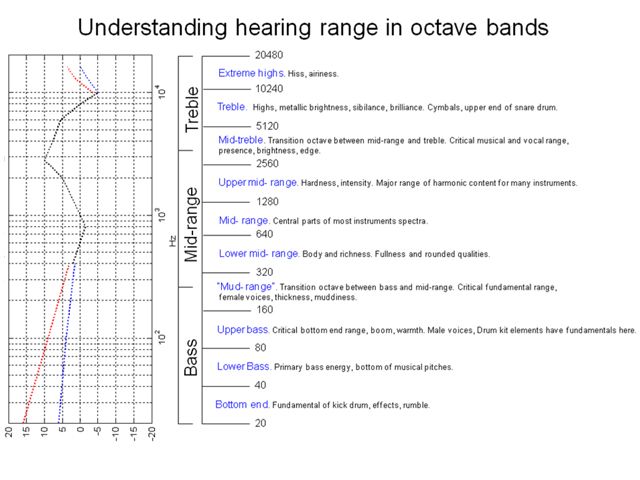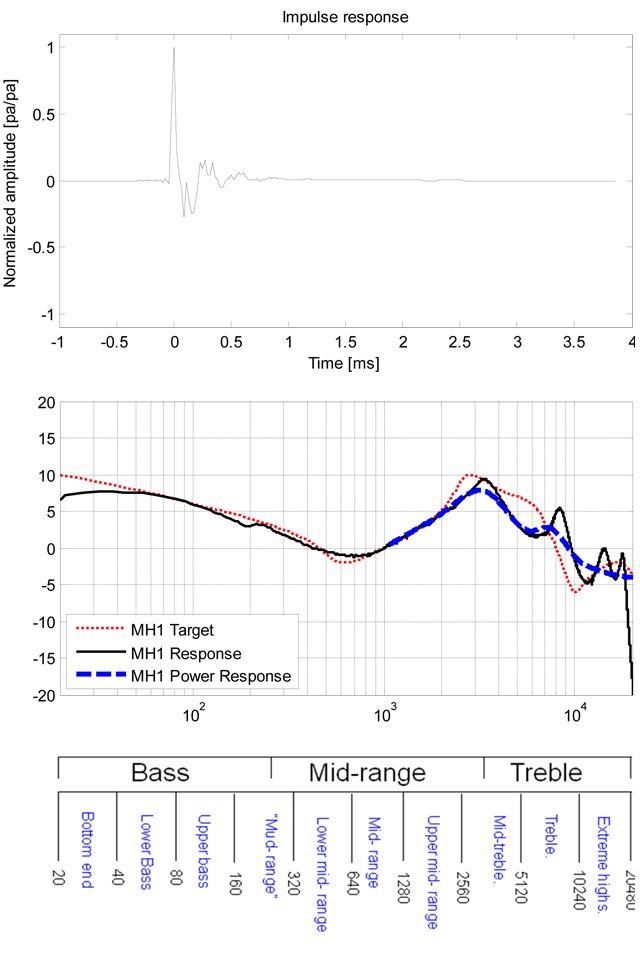Okay, I promised some of you that I will post the R&D Story behind MH1 so here it is - well, part of it anyway. For the full article, you can either download the PDF version here or visit my blog. The author of this article is Sead Smailagic. He is working for Sony Mobile, in the department of Companion Products as an acoustic designer.
If you have any question regarding the article, please ask it here. Sead (and that's his account name here) has already signed up the forum and he will answer your questions as much as he can, or allowed to, I guess (*don't think he will be telling us trade secret or anything like that )
)
---------------------
[COLOR=FF00AA][UPDATE Nov, 6th 2012][/COLOR]
Here is a measurement made by someone to counter this article, calling this an 'commercially oriented excuses to sell a product'. Well, read it and decide for yourself.
Here is what I have said a few weeks ago on the original MH1 review:
---------------------
[COLOR=FF00AA][UPDATE Nov, 7th 2012][/COLOR]
Introduction:
I’m glad to be able to share part of our story behind the MH1 research and development. Hopefully you will find it interesting to find out more on our research and development work, what we do, how we do it and why we do it, as well as also find it useful to learn more about IEMs in general!
Vision
The idea behind the MH1 was to create an outstanding audio experience with a great dynamic impression that will simply turn the listener on, while still delivering that sweet balance and clarity so that even smallest details shine thru. Basically “the sound” balanced in that way to fit as many people and music genres as possible!
Defining subjective target is one thing, however designing IEMs to reach that goal is a bumpy road full of challenges! The most fundamental issue is that we all experience IEMs differently, especially in the high frequency range due differently sized and shaped heads, ears, and ear canals. At the same time, the frequency response of an IEM has large effect on perceived sound quality and is therefore an essential component of high quality IEM design! So, measuring IEMs and understand how these curves correlates with your perception doesn’t seem to be simple task.
....
So below we have a short summery and a few comments on our target frequency curves!

...
Before we start analyzing IEM’s frequency response I would recommend taking a look at the graph below. In this graph audible range is presented and sliced into octave bands. Each of these bands is categorized according to its acoustical and musical qualities and can be a very helpful tool when trying to describe what you hear in terms of frequency range.

(a much bigger copy of this is in the PDF version)
...

...
If you have any question regarding the article, please ask it here. Sead (and that's his account name here) has already signed up the forum and he will answer your questions as much as he can, or allowed to, I guess (*don't think he will be telling us trade secret or anything like that
 )
)---------------------
[COLOR=FF00AA][UPDATE Nov, 6th 2012][/COLOR]
Here is a measurement made by someone to counter this article, calling this an 'commercially oriented excuses to sell a product'. Well, read it and decide for yourself.
Here is what I have said a few weeks ago on the original MH1 review:
Oh, forget to mention that I'll have the R&D story behind the MH1 up by the end of the month. I have been talking to the chief engineer in the Sony Europe team that develops the MH1 for a while now and he will be contributing an article to my blog on MH1's behind-the-scene tuning and development. We get a lot of marketing all the time, but this is the first time I get to skip the PR and discuss some of the R&D story with an engineer who develops the product itself. I know some of you might think this could be a PR stunt, well it really isn't. His action to communicate directly to the user isn't exactly welcomed by Sony's own PR team either. Anyway, it will be something interesting for you all to read about and make up your own judgement about it.
---------------------
[COLOR=FF00AA][UPDATE Nov, 7th 2012][/COLOR]
Hi guys,
as there have been some ongoing discussions related to MH1 mods, here comes some suggestion what can be done to shape and customize the sound according to your own preference.
mod1. If you experience bass being muddy/exaggerated, try to block the vent, this is suppose to reduce the bass ~2-3dB
mod2. if you would like to improve some "airiness" try to remove foam from the tube. However without foam, overall smoothness of the treble will be affected.
mod3 If you would like to get some more presence in the mids, make a small hole (~0.2mm diameter) in the center of the filter mesh. This one require some delicate work, so be careful to not oversize the hole.
Anyhow, these are just some of suggestions what can be done relatively easily to influence certain ranges, however i don't take any responsibilities for your actions, so do it on your own risk!


















